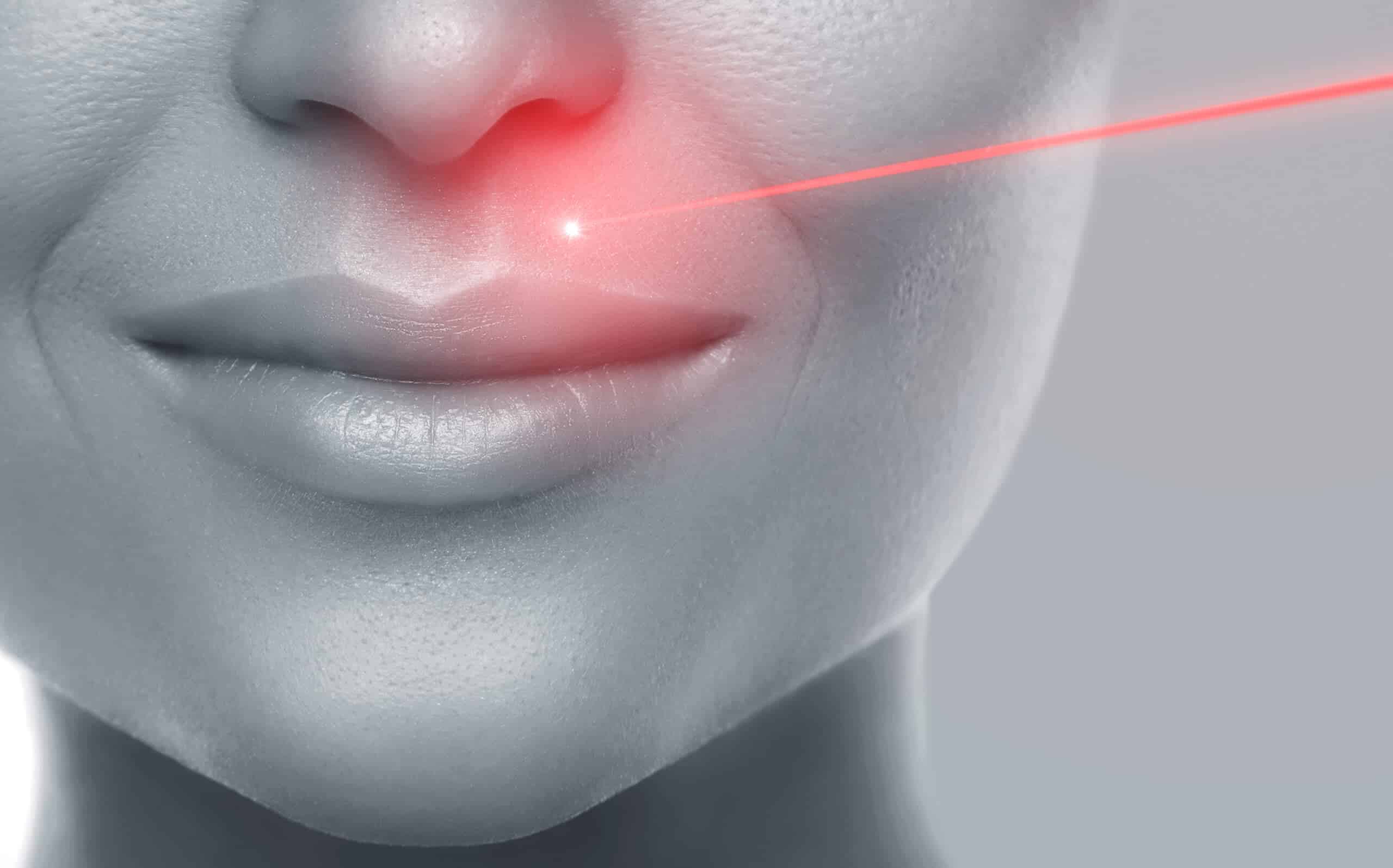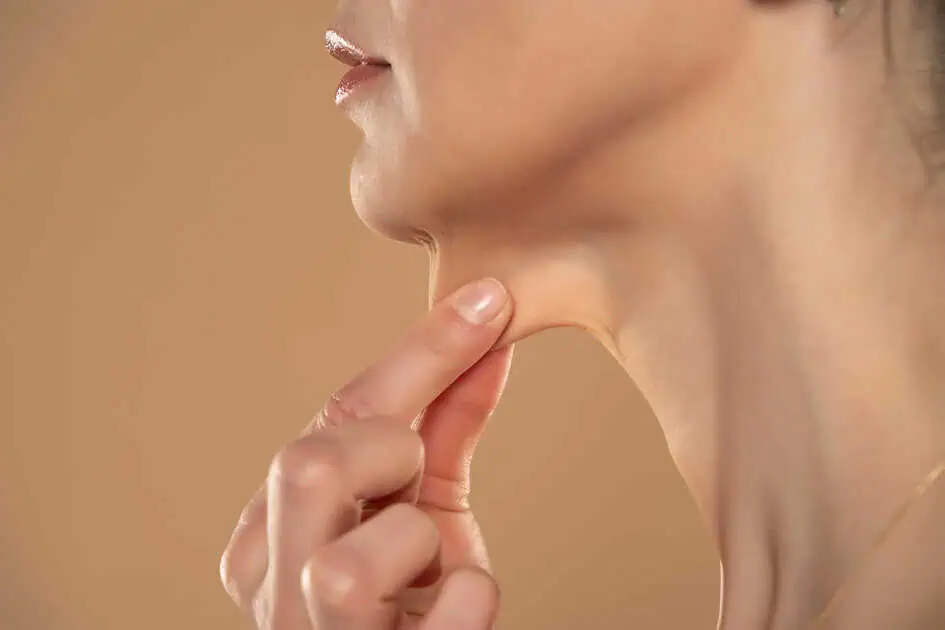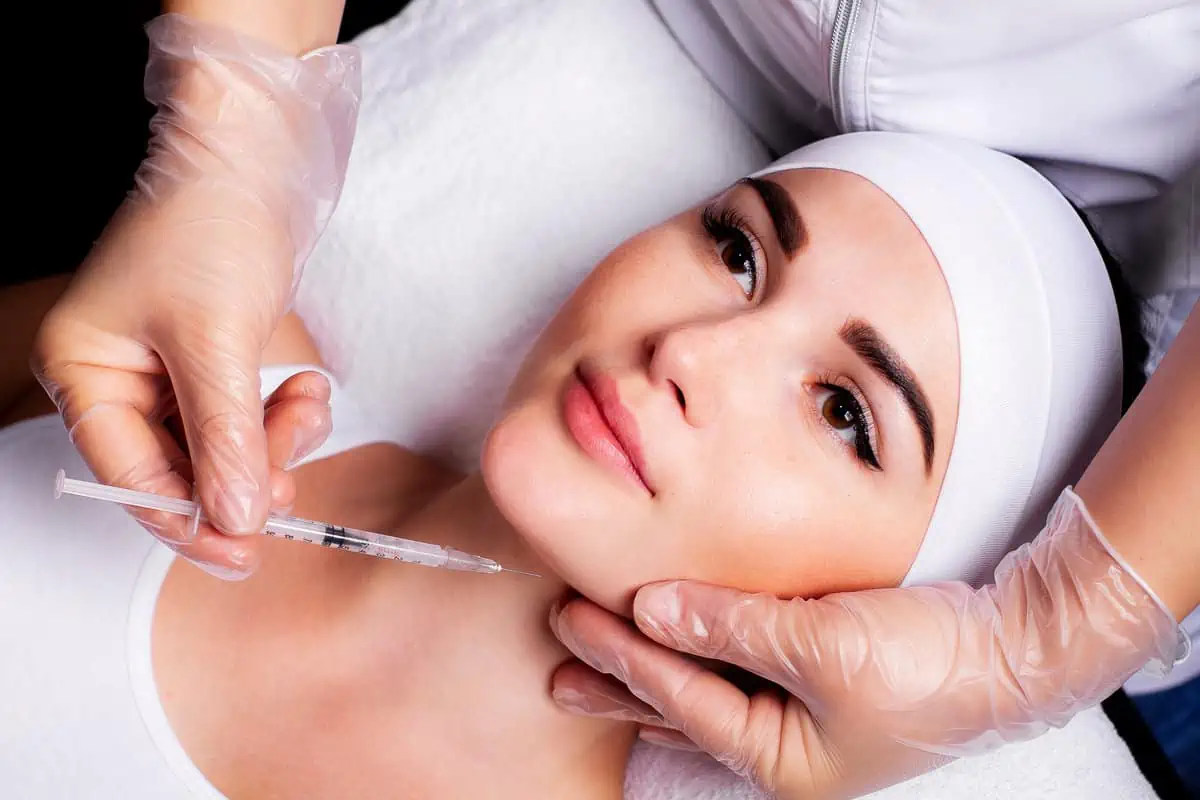Laser skin resurfacing is an n effective and successful way to reduce fine lines wrinkles, acne scars, age spots, and other skin issues along with improving the skin elasticity and overall texture. As lasers can perform so many activities, it is important to know the ins and outs of the procedure to get optimal results. Keep reading to know about the laser skin resurfacing treatment and some key tips for taking care of the skin after the treatment.
About Laser skin resurfacing:
Laser resurfacing is an advanced technique in the field of aesthetic medicine employed to resolve multiple skin issues like fine lines wrinkles, acne scars, age spots, and enhance stiffness in the skin. The method delivers controlled, short, concentrated pulses of light beams at irregular skin, precisely removing skin layer by layer. You may be an ideal candidate for laser skin resurfacing if you are suffering from multiple skin issues like:
- Uneven skin pigmentation
- Acne scars and irregular skin tone
- Irresponsive skin after a surgical procedure.
- Wrinkles, the fine lines around or beneath the eyes, around the mouth, or forehead.
What can be expected during and after laser skin resurfacing?
- Generally, all kinds of laser skin resurfacing are done on an outpatient type, employing local anesthesia along with orally or intravenously directed sedative drugs.
- The procedure starts with numbing of the face with the aid of a local anesthetic but a doctor will also use a general anesthetic when the target region is larger. It will be a minimally painful treatment with the patients comparing the sensation as a rubber band snapping against the surface of the skin. But the actual feel during the procedure is highly reliant on the type of laser used, target region and depth of the treatment, and the precise tolerance limit of pain. There will be some amount of sensitivity in the target region after the treatment and your skin expert will suggest the best ways to treat the discomfort when needed.
- After the treatment, a no sticky dressing will be applied to the target region for a day. After removal of this dressing, the patient will be asked to clean the treated region for scheduled times a day with saline or a diluted vinegar solution as per suggested instructions. This appropriate care is important to avoid any scab formation. Usually, the areas heal in 5 to 21 days, relying on the nature of the specific issue that was treated and usage of the laser type.
- After the areas are healed, makeup can be worn to mask the sensitive pink or red color that is typically seen after the procedure. Oil-free make-ups are suggested after the treatment that can mask the region while also not disturbing the skin. The sensitivity fades off in few days but redness may remain for still more weeks especially in blondes and redheads.
How should you get ready for laser skin resurfacing?
- Refrain from heavy sun exposure, tanning by using a broad-spectrum sunscreen daily for a month before treatment.
- Avoid any kind of deep facial peel treatments like aggressive chemical peels, laser resurfacing, dermabrasion for a month before the treatment.
- Stay away from drugs that can lead to photosensitivity like doxycycline, minocycline for around 3 days before the procedure.
- If you have been exposed to herpes virus or shingles in the treatment region, mention it to the doctor and start your antiviral drugs (valacyclovir, acyclovir) as per suggestion.
Key aspects to be taken care of after the treatment:
- Immediately after the procedure, the target region’s skin may be red and tender to the touch. Five to 7 days after laser resurfacing, the skin may be dry and start to peel. There will be an appearance of fresh skin after the complete peeling off the treated region. The appearing skin will be pink and slowly begin to lighten up.
- After the procedure, individuals will be suggested to sleep on an extra pillow during their regular sleeping hours to help in decreasing the cases of swelling for the initial days after the procedure. The cold compress will numb the target region every couple of hours for a day or two. Refrain from activities that can lead to flushing for 12 to 14 days after the procedure. Refrain from opting for aggressive facial treatments for a month along with an application of any topical products that will lead to irritations during the recovery phase.
- Since the laser-treated region is highly sensitive to sun exposure until a year after the treatment, the majority of skin experts will suggest undergoing laser skin resurfacing during winter or fall seasons. It will be the time when days will be short and you can spend most of the time away from the sun. But irrespective of your time of having the laser skin resurfacing treatment, never forget to wear a broad-spectrum sunscreen of SPF 30 or higher every day when you go out in the sun.
- If there is crusting, blistering or scabbing, call the doctor immediately. Never try to pick or remove scabs as this may lead to infection or scarring. Using a thin layer of petroleum jelly, moisturizer, or suggested antibiotic ointment will be helpful until the skin heals completely.
- Even though some cases have the risk of discoloration among darker skin types, an expert suggestion and administration will offer a safe and effective treatment even for those people.
Final thoughts:
Laser skin resurfacing is an effective way to drastically enhance the quality of the skin by eliminating issues and offering a transformed appearance. But an amateur and an inexperienced individual can also make this treatment dangerous and ineffective. Carefully select your laser skin resurfacing provider depending on their experience, training, and qualification without picking them depending exclusively on the cheaper deal or attractive talks without comprehensive discussion. Select an expert like Method aesthetics center, who can understand your concerns and design a precise plan by using their expertise with a focus to provide genuine results.
Return to OverviewRecent News
Contact Us
Ready to make a change? Schedule your consultation now! Reach us through our online form or call (602) 810-8707.
Contact UsHave a question?



